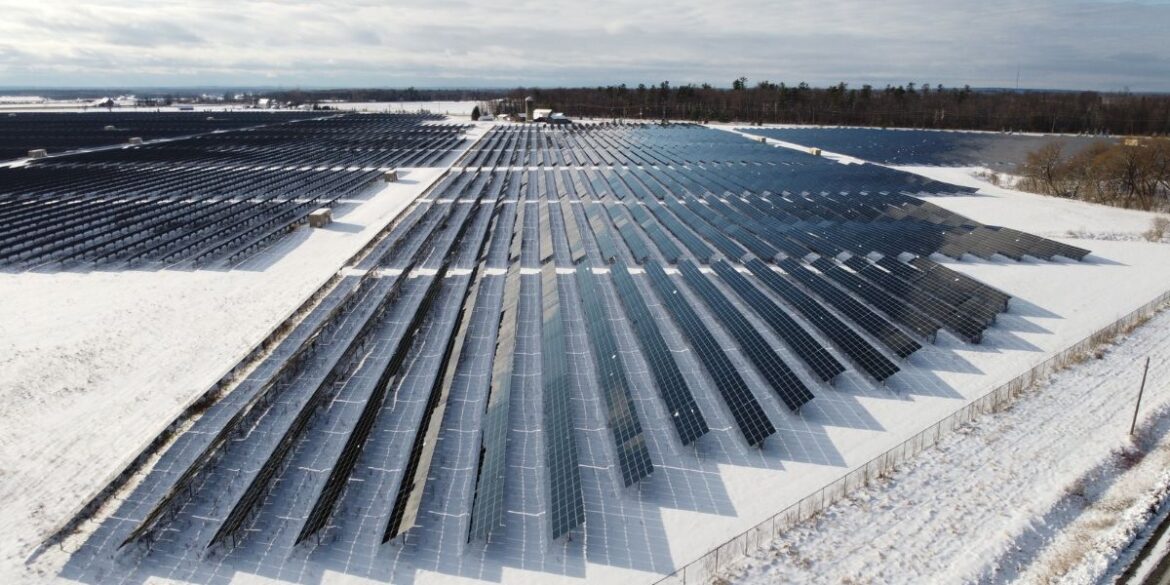Europe’s energy security took notable steps forward during the week of January 13 to 19, 2025, as liquefied natural gas (LNG) imports and governmental policy initiatives aligned to shore up the continent’s winter resilience. Cheniere Energy marked a significant milestone with the activation of its Corpus Christi expansion project in Texas, adding considerable LNG export capacity to the U.S. Gulf Coast. This enhancement played a pivotal role in strengthening transatlantic gas flows to Europe, which continue to play a crucial role in offsetting reduced pipeline supplies.
Adding to this momentum, Ukraine received its first-ever LNG shipment, signaling a critical shift in the regional gas map. This cargo not only marked a logistical and geopolitical achievement but also represented a broader European strategy of diversifying supply routes amid persistent tensions with Russia. The delivery is expected to catalyze further infrastructure developments across Eastern Europe, enhancing integration with Western European energy networks.
While temperatures remained cold across much of the continent, natural gas prices on the Dutch TTF index eased slightly compared to the previous week. However, gas storage levels continued to fall and were nearing 66% capacity, underlining the ongoing pressure on reserves as winter demand persists. Traders and analysts noted that despite short-term price relief, structural supply concerns remain.
Beyond the immediate supply and demand dynamics, significant policy signals emerged. The UK government announced a £410 million investment package to accelerate the development of fusion energy technologies. Concurrently, it advanced the regulatory framework for carbon capture and storage (CCS) networks, pushing forward on long-anticipated terms for market operation. These moves underscored Britain’s dual approach: securing legacy energy systems while fast-tracking the transition to low-carbon alternatives.
Meanwhile, across the broader European energy landscape, investor and policy interest in hydrogen and CCS gained pace. Analysts highlighted that these initiatives reflect a growing recognition of the need for a resilient energy transition that can withstand geopolitical, economic, and climate-related shocks. In the medium to long term, the integration of renewables, CCS, hydrogen, and LNG is set to form the backbone of Europe’s diversified energy strategy.
Financial markets responded with cautious optimism. Although short-term volatility persisted, particularly around weather forecasts and storage data, there was increased confidence in Europe’s ability to navigate winter challenges and build longer-term security. The week reaffirmed that LNG, infrastructure diversification, and coordinated policy action will remain central pillars in the evolving European energy paradigm.

